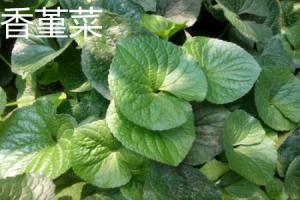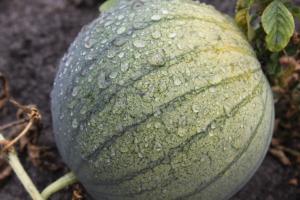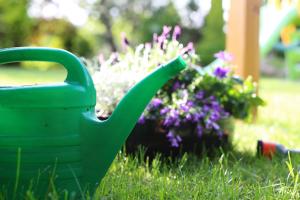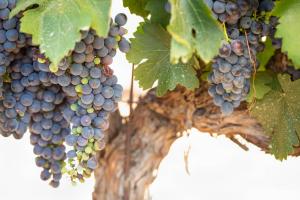1、 Root treatment
Just dug back, need to deal with the root, in order to ensure the later survival. The main root shall be cut short first, and the bottom shall be kept horizontal, but enough fibrous roots and lateral roots shall be ensured, so as to absorb nutrients from the soil and ensure the growth in the later stage. Because the types of stumps are different, the root structure is different. According to the growth situation, trim the fibrous roots and lateral roots next to them, and pay attention not to trim too much
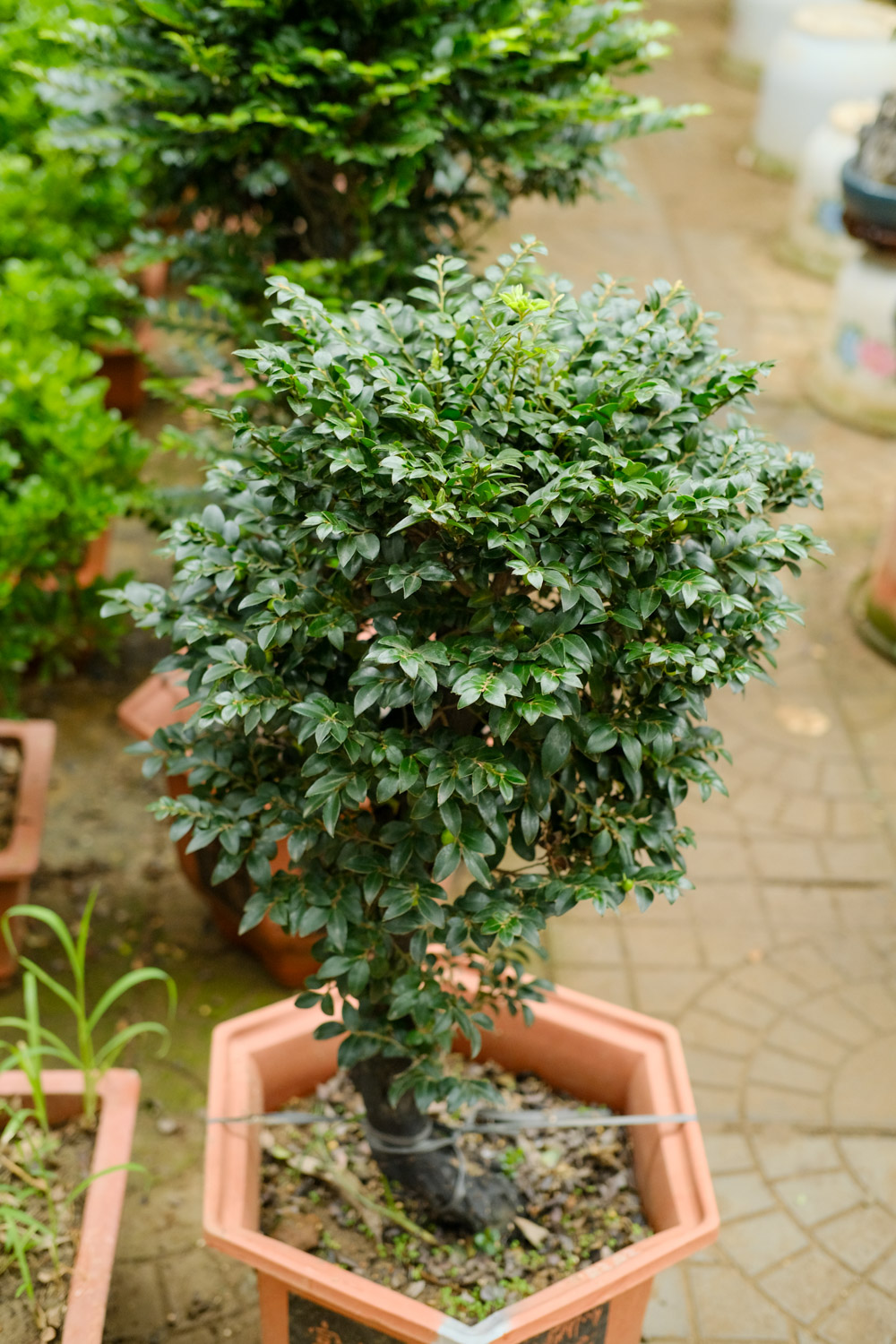
2、 Treatment of branches and stems
The old pile grew well on the mountain before, so the branches grew disorderly and irregularly. Different stumps have different characteristics. First observe the growth of old stumps and the extension of branches to determine the desired shape, and then deal with it according to the shape theme, cut off the redundant branches and remove the branches irrelevant to the shape, so as to make the remaining branches uniform and beautiful. When sawing branches and trunks, ensure the flatness of the section, and apply preservatives on the section in time, which can prevent excessive consumption of water and infection of diseases and pests
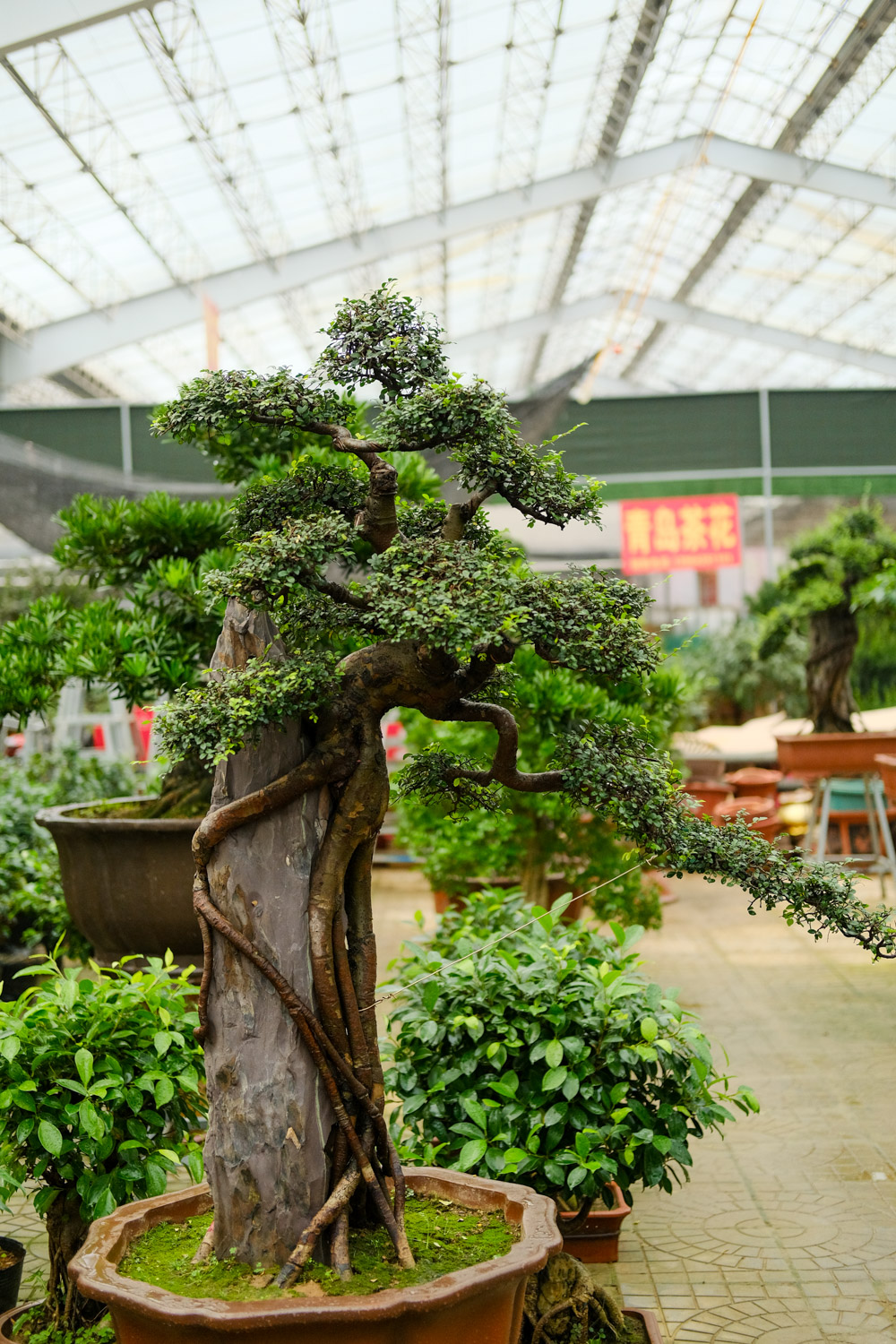
3、 Upper pot planting
After the treatment, you can plant in pots. Prepare flower pots and fill soil, and then plant the old piles for later maintenance
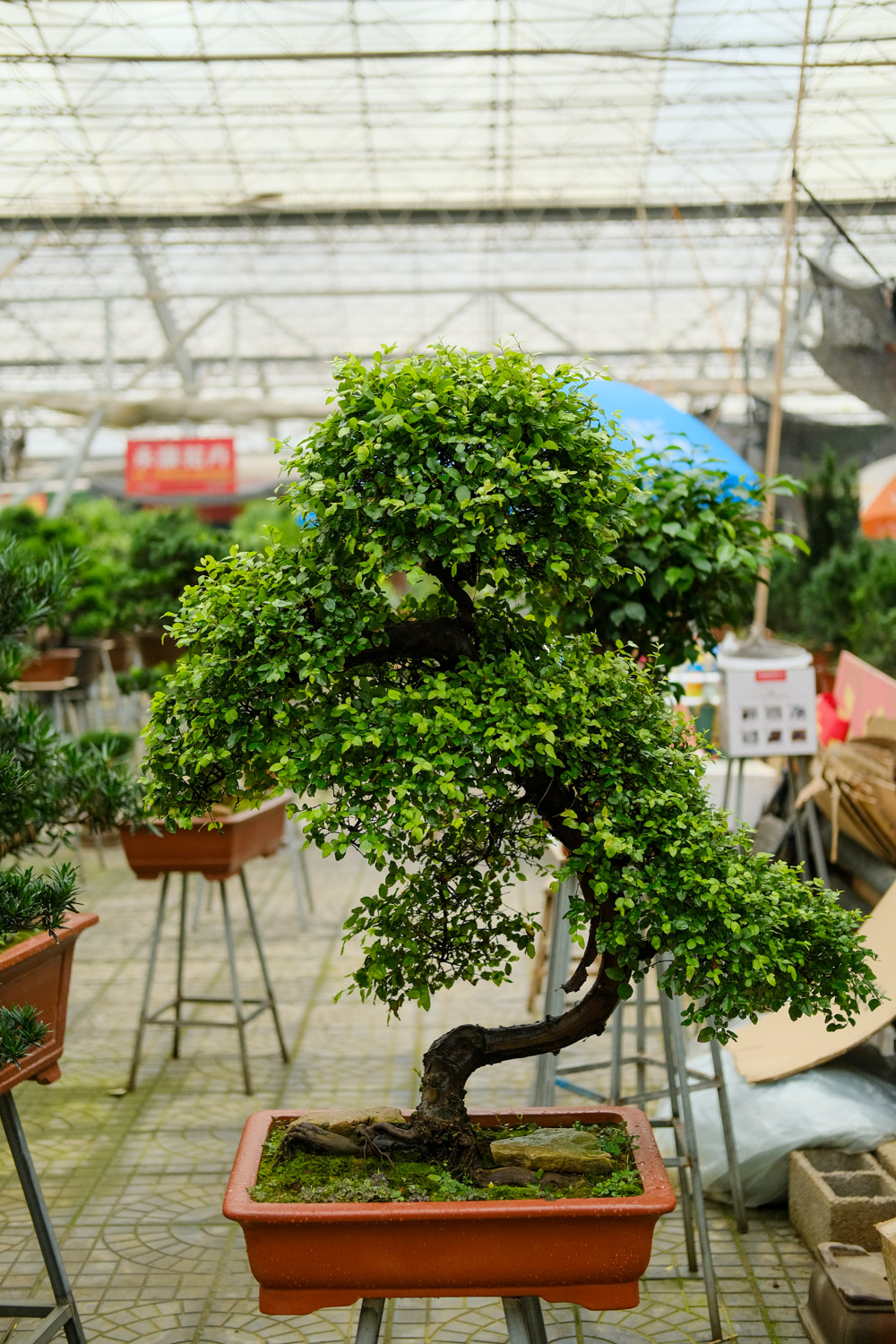

 how many times do yo...
how many times do yo... how many planted tre...
how many planted tre... how many pine trees ...
how many pine trees ... how many pecan trees...
how many pecan trees... how many plants comp...
how many plants comp... how many plants can ...
how many plants can ... how many plants and ...
how many plants and ... how many pepper plan...
how many pepper plan...